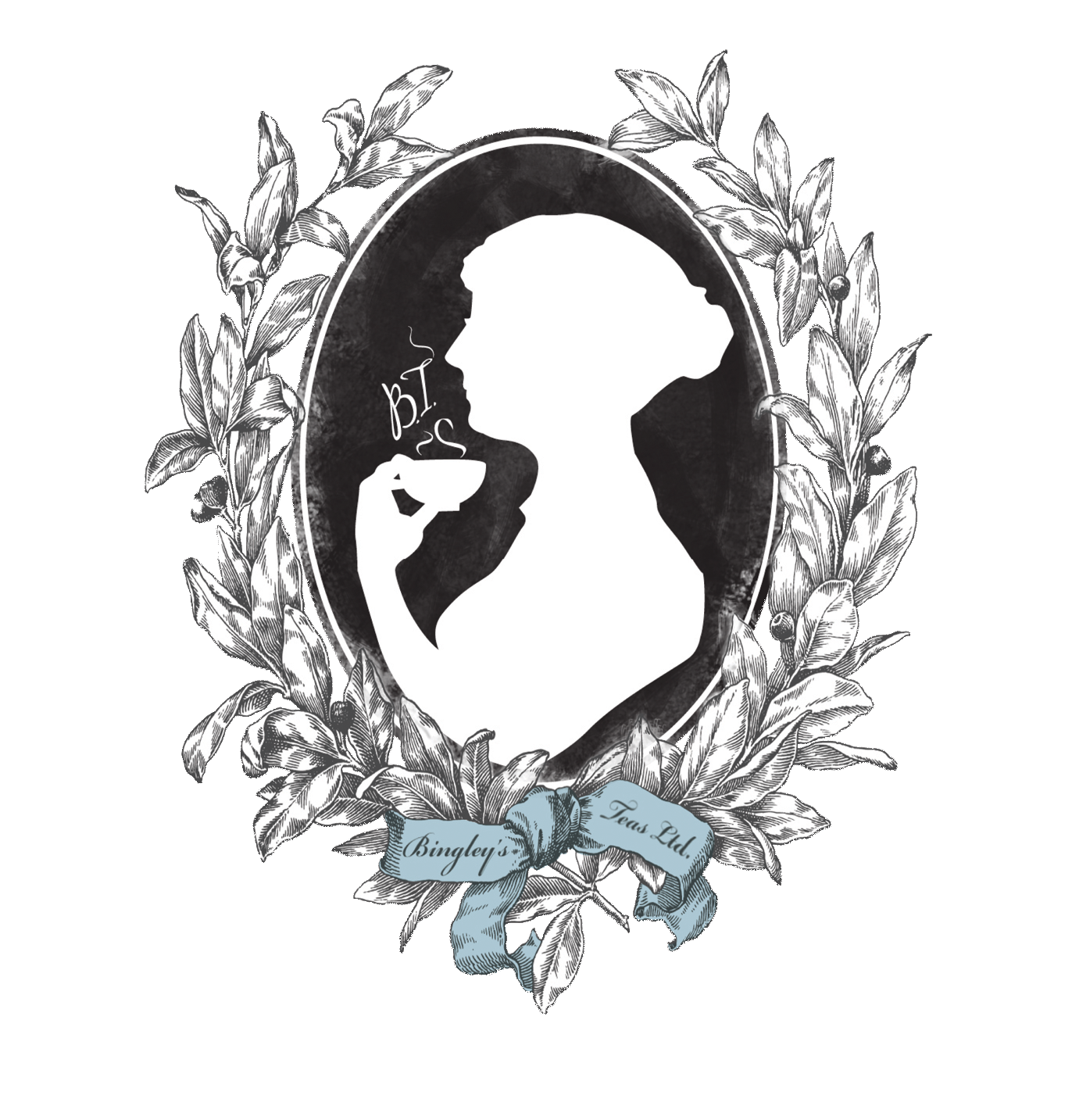Our Friend, fellow Janeite, Artist, and Baker, Georgie Castilla has made a beautiful Gluten Free Lemon Sponge Cake for tea time. Inspired by a 19th Century Recipe. He agreed to share his recipe with us! Follow him on Instagram to see his other divine inspirations!
It is said that pound cakes first appeared in the 1700s and became quite popular ever since. They were traditionally made with a pound of each of these four ingredients: flour, butter, eggs, and sugar, hence the name. This made for a very easy recipe to remember in times in which cooks were not educated and most of them did not know how to read and write. According to the Oxford English Dictionary, the first ever recorded use of the term “sponge-cake” to refer to this type of dessert was indeed by Jane Austen, in a letter she wrote to her sister, Cassandra, in 1808.
Here’s how he did it!
Ingredients
For the batter:
5 large egg yolks
35 g granulated Swerve or monkfruit
1/4 cup avocado oil
1/3 cup unsweetened almond milk
2 tsp pure lemon extract (or 4 tablespoons fresh lemon juice)
100 g blanched almond flour, sifted
14 g coconut flour
2 tsp baking powder
1/2 tsp salt
1 tsp lemon zest
For the meringue:
6 egg whites, chilled
35 g granulated Swerve or monkfruit
1/2 tsp cream of tartar
For the glaze:
150 g unsalted butter
2/3 cups heavy whipping cream
3 tbsp powdered Swerve (have on hand 1 tbsp more for dusting on top, if wanted) 1 tsp vanilla extract
2 tbsp fresh lemon juice
*scroll on to learn more
There are numerous variations on the traditional pound cake, from adding flavors such as vanilla or almond, to folding dried fruit like currants and cranberries into the batter. However, the principles of a good sponge are always the same: you want a cake that is both light and airy, and sturdy and absorbent. You want it to be bouncy and well risen.
Now, how do you indulge yourself when you are on a low-carb, sugar- and gluten-free diet and crave a good sponge to go with your favorite tea? How do you accomplish a fluffy sponge without traditional ingredients? Well, check out this Lemon Sponge inspired by an 1837 recipe by Eliza Leslie.
We are of course forsaking the one-pound-per-ingredient rule, and we are using both almond and coconut flours for this cake. Although they work as marvelous substitutes for regular flour, getting a proper rise without gluten can be tricky, no matter how much baking powder you adjust. So, in order to achieve a triumphant sponge that is bouncy, light, and airy, we need to “trap” as much air as we can in our batter; this is why we are going to separate our eggs and go for a meringue-based sponge, as if we were making a chiffon cake. Yes, this might sound like a few extra steps, but believe me, it’s totally worth it. Let us begin!
Instructions
1. Prepare a 9’ round cake pan. Do NOT grease the sides, since the cake will need to cling to them to rise. However, do line the bottom with parchment paper, to avoid sticking. Preheat oven at 325 F.
2. In a large bowl, combine egg yolks and granulated sweetener, whisking well. Then add the avocado oil, almond milk, and lemon extract. Whisk well to combine.
3. In another bowl, add in almond flour, coconut flour, baking powder, and salt. Combine well, then sift into wet ingredients. Do not skip sifting, if you want a smooth sponge. Add lemon zest. Whisk wet and sifted dry ingredients together until fully incorporated.
4. Now it’s time to work on the meringue! Using a hand or stand mixer, whisk the egg whites until frothy bubbles appear. Without stopping, add in granulated sweetener, cascading it slowly, until fully incorporated. Keep whisking until the mixture turns white and starts to look like shampoo. Here you want to add the cream of tartar, and keep whisking until you reach stiff peaks. You know you are there once the meringue forms pointy peaks that don’t fall to the side. You should be able to turn your bowl upside down without the meringue falling off.
5. Using a spatula, gently fold the meringue into the original batter one third at a time, until combined. Try not to press down the batter too much. You’d want too keep as much air as possible to help this gluten free mixture rise beautifully. Make sure the spatula reaches the bottom of the bowl and give it a good fold. Repeat until you no longer see white streaks of meringue anywhere, and the batter is a smooth, pale yellow mixture.
6. Pour batter into pan and bake at 325 F for 40 minutes. Avoid opening the oven while baking, or you could deflate your sponge. Have a cooling rack ready. Once baking is done, cool the pan upside down on the cooling rack. Do not skip this step, or the cake will collapse in. Let it cool upside down for 10-15 minutes. Carefully run a butter knife around the sides to loosen the cake, and remove the parchment paper.
7. Dust the top with powdered Swerve or powdered monkfruit, and glaze. 8. To make the glaze, melt butter in a medium pot. Add heavy whipping cream, powderedsweetener, vanilla extract, and lemon juice. Simmer on medium-low until it thickens. Store in a creamer or jug and let it chill for a few minutes in the fridge until it thickens likecondensed milk. Decorate your cake with this simple glaze, and a few slices of fresh lemon. Pair it with a cup of Mansfield Morning for a most indulgent citrusy treat!
Gorgeous Georgie is always creating something beautiful.



